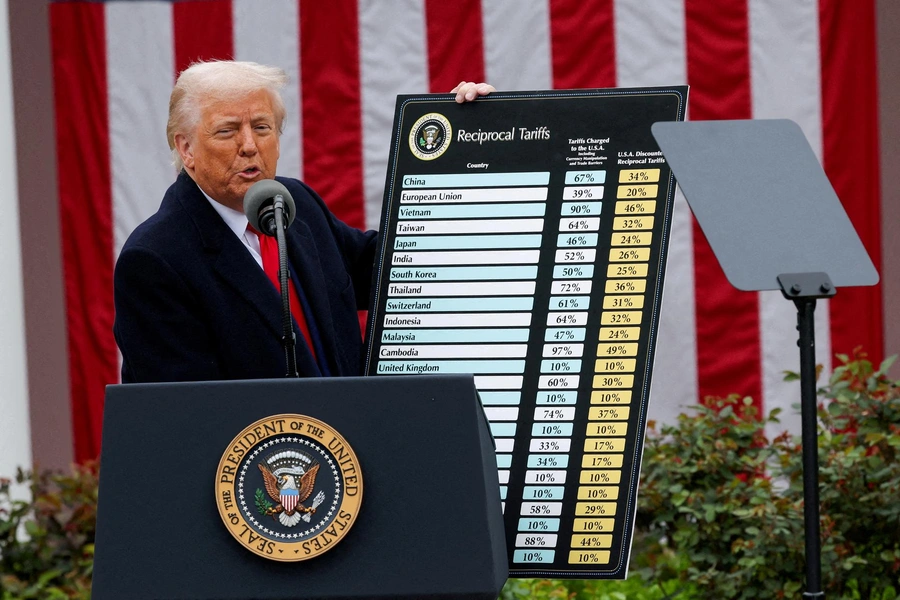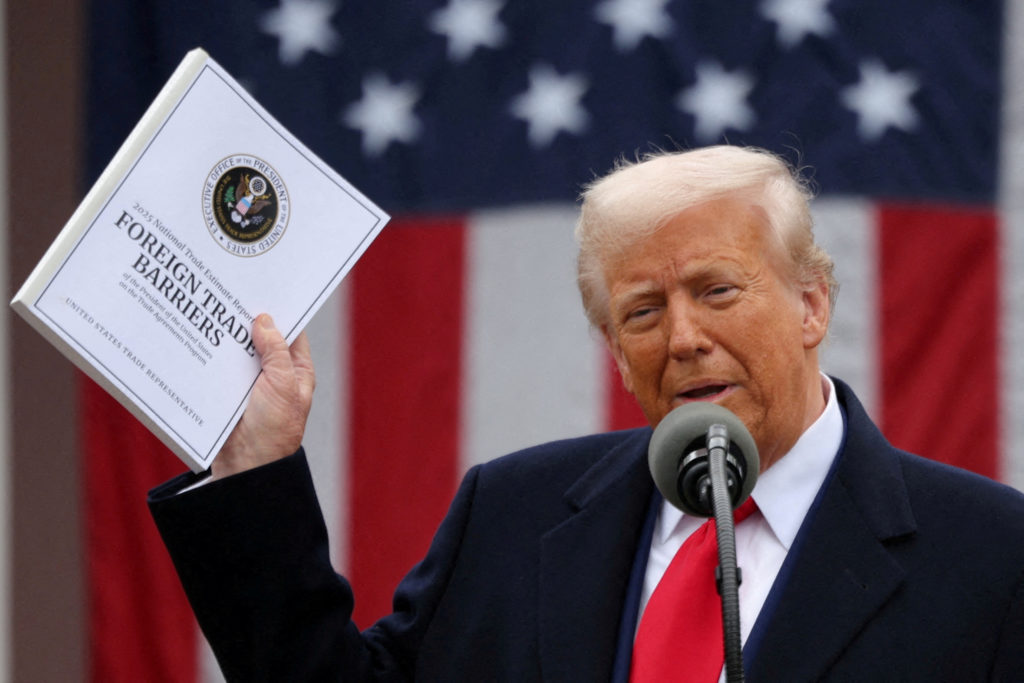In July 2025, the U.S. collected $28 billion in tariffs — the highest monthly total ever recorded.

That pushed the total revenue for the year to $150 billion, up sharply from just $7.9 billion in January. The government posted a $27 billion budget surplus in June, largely thanks to rising tariff income.
Tariffs now account for approximately 5% of federal revenue, making them the fourth-largest source after income, payroll, and corporate taxes.
However, there is a downside — higher import costs are being passed on to consumers, especially hurting lower-income households.
If this trend continues, tariff revenue could reach $300 billion by the end of 2025.
1. Deadline Extended, But Final
President Trump delayed the implementation of sweeping reciprocal tariffs to August 1, providing partners one last chance to secure revised terms.
2. Major Deals

Several nations acted swiftly in response. Japan secured a reduced tariff rate of 15% in exchange for a $550 billion U.S. investment. Indonesia, Vietnam, the Philippines, and the UK negotiated lower duties, avoiding the harsher 25–40% range.
3. No More Grace Periods
Commerce Secretary Howard Lutnick confirmed the August 1 deadline is final. Countries failing to reach deals will face full tariff enforcement.
4. Brazil Targeted
Mid-July, the U.S. Trade Representative launched a Section 301 investigation into Brazil’s trade practices, signaling potential future tariffs beyond Asia.
5. Market Response
The Japanese stock market responded positively, with the Nikkei gaining 3.5%, reflecting investor optimism from stabilized trade terms.
6. Strategy Over Shock
The administration employs tariffs as a strategic tool to extract favorable concessions, signaling a targeted, transactional trade approach rather than broad escalation.